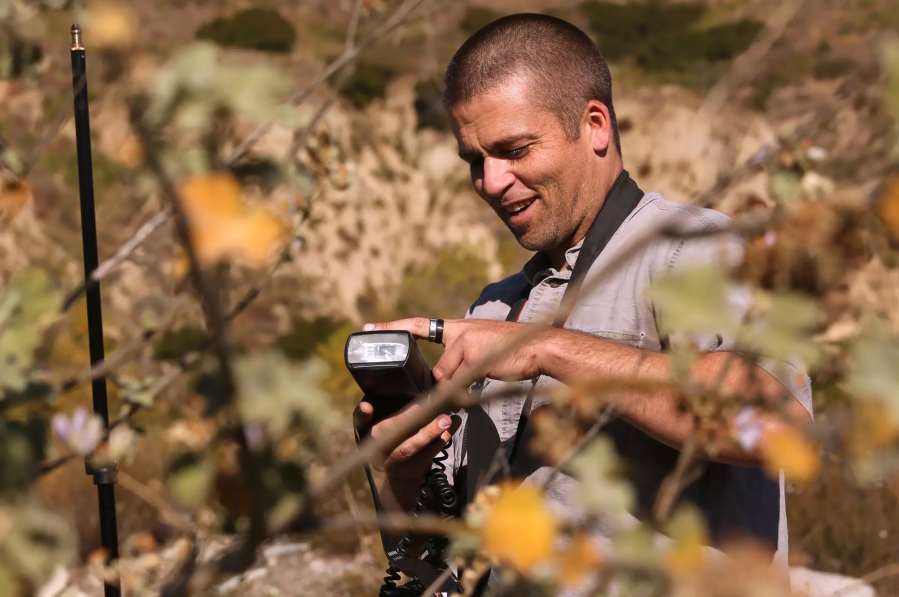LOS ANGELES — At first glance, Matt Smith seems too chill to be a knight. His “shining armor” is just a backpack, a floppy bush hat and a pair of hightop Vans skate shoes designed by his friend, pro skateboarder Lizzie Armanto.
But talk to him for just a minute and you can easily spot the determined zeal in his denim-blue eyes and the cheerful steel in his resolve, because Smith is a man on a noble mission some might call quixotic: to find and photograph every plant — a mere 2,590 — that grows natively in Los Angeles County.
Ultimately, Smith wants to make Angelenos more aware of the beauty and diversity of the county’s native flora. He posts all his photos on his Instagram page @plantsoflacounty and emphasizes the importance of those plants to the survival of the region’s native birds, insects and animals.
He’s been at the project for two years, photographing about 750 plants so far. He doesn’t get paid or even recognized for his work — his Instagram page has only 4,281 followers. And while he is modestly confident he will achieve his goal, he doesn’t really know what he’ll do with all those photos once he’s done.



